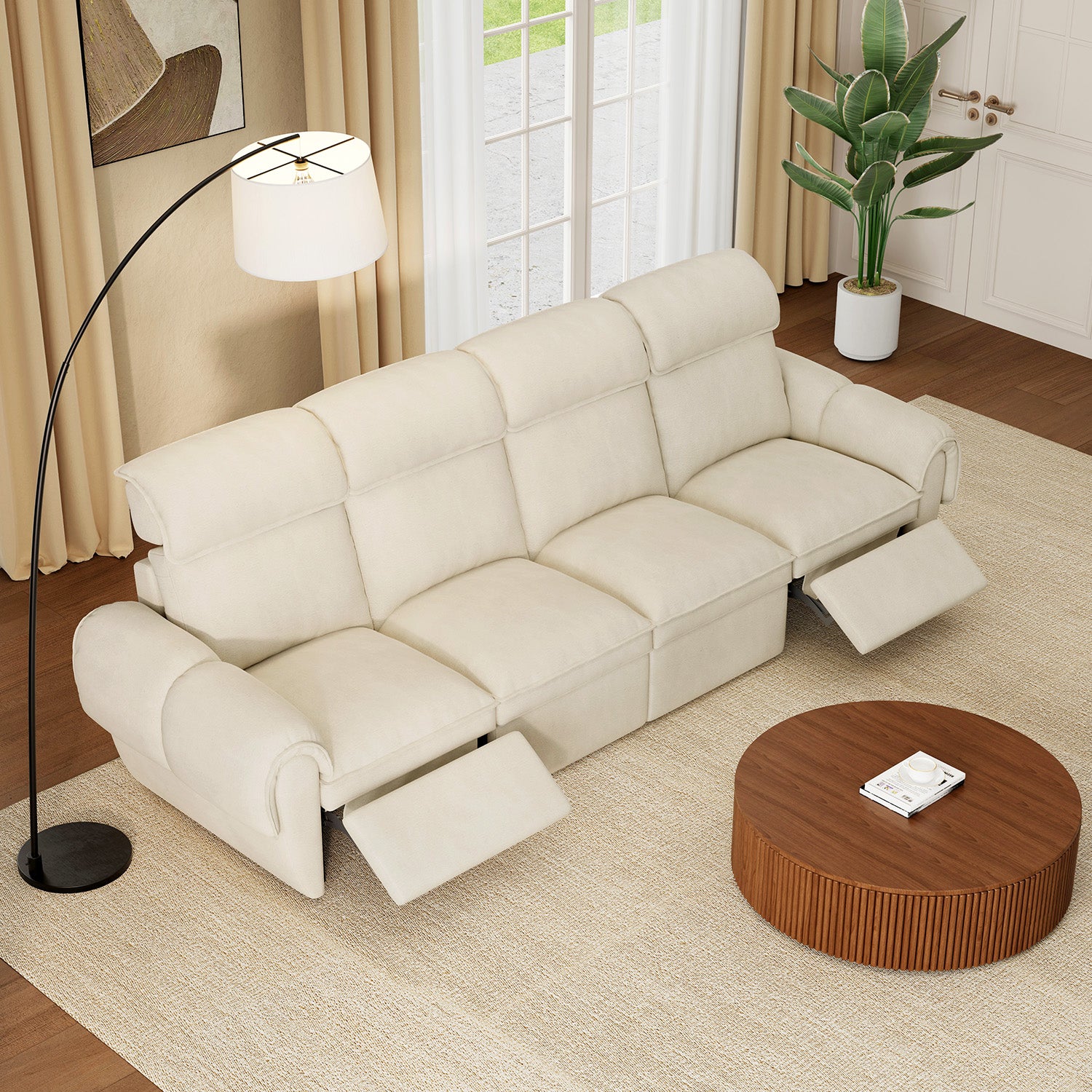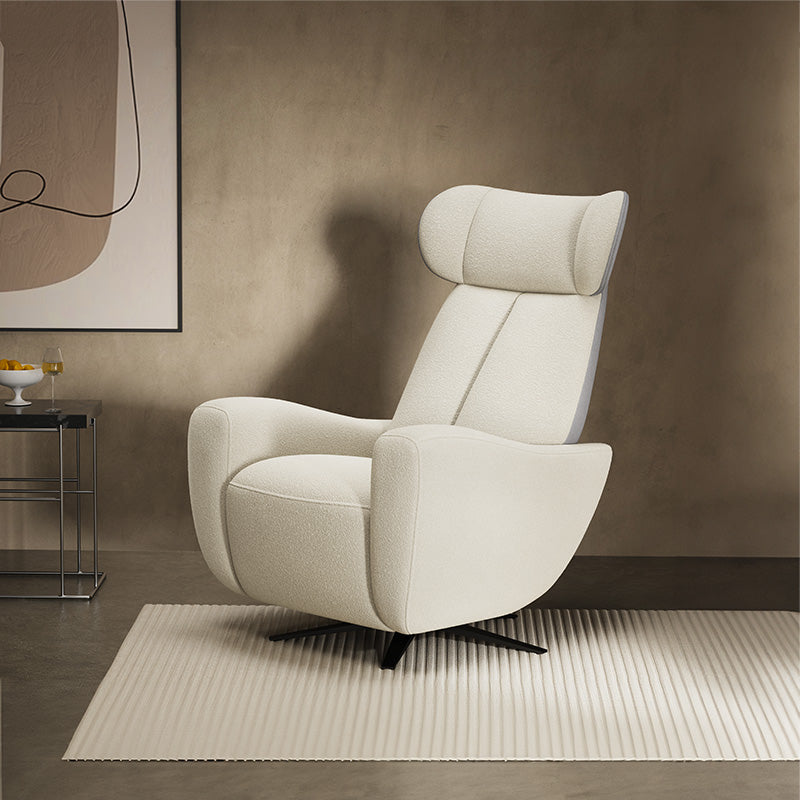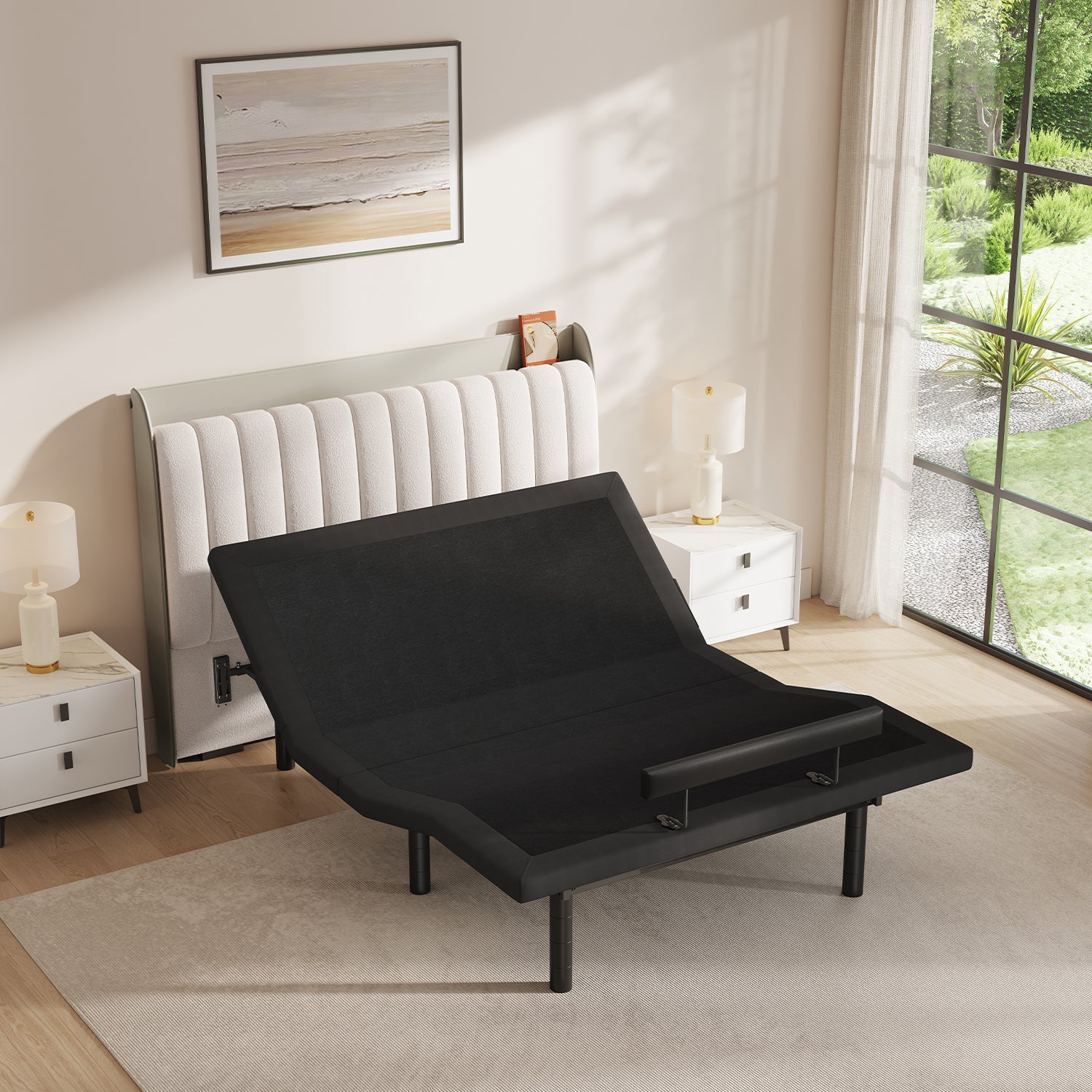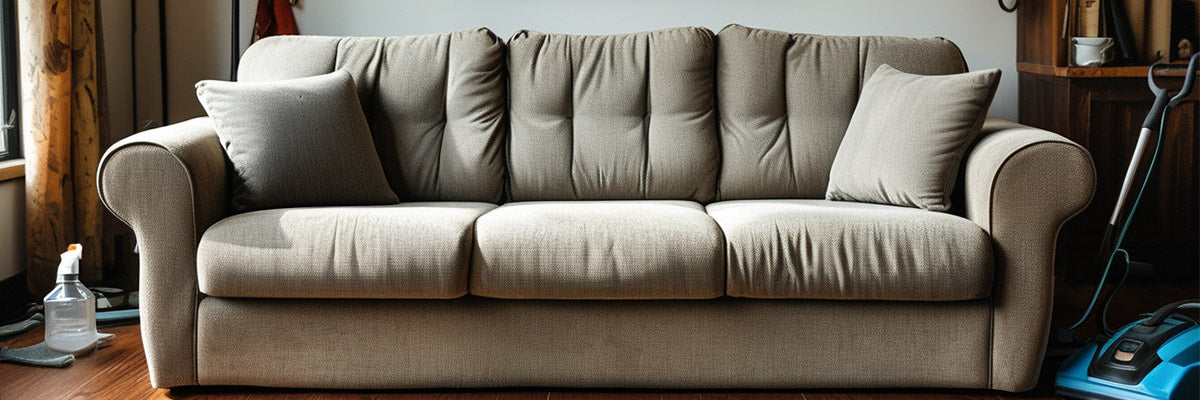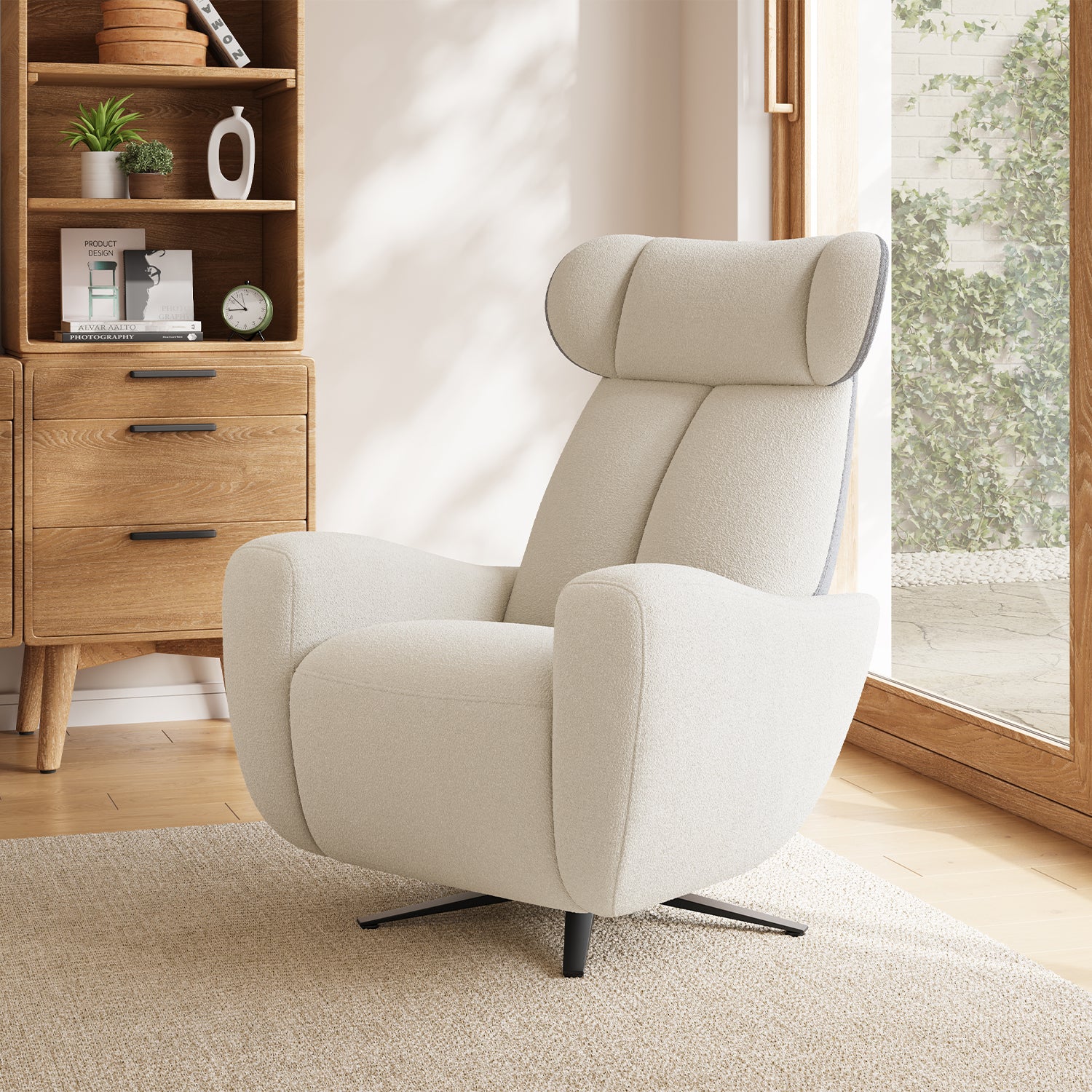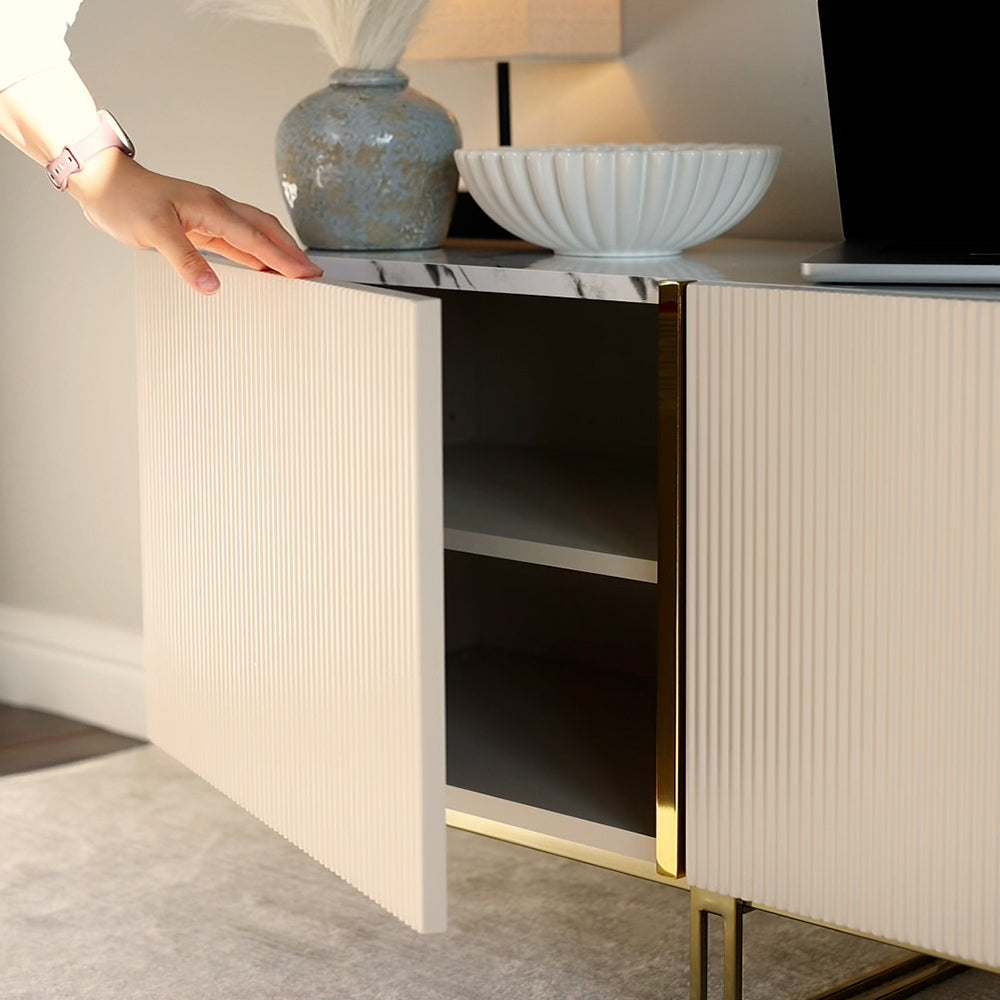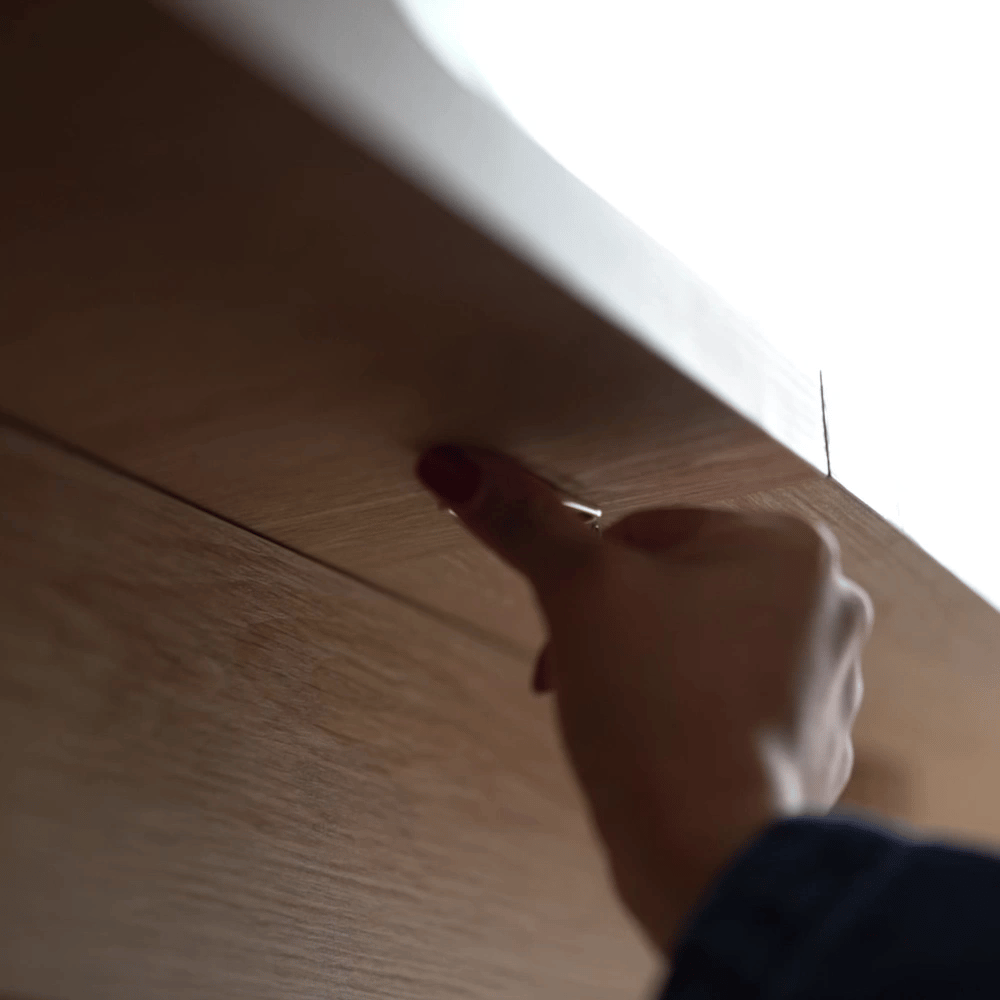Your couch is one of the most used pieces of furniture in your home, and over time, it can accumulate dirt, dust, stains, and odors. Cleaning your couch regularly not only keeps it looking great but also extends its lifespan. Luckily, with the right tools and techniques, you can clean your couch at home without needing professional services. Here’s a comprehensive guide on how to clean different types of couches effectively.
Table of Content
Step 1: Identify Your Couch Material
Before you begin, it's essential to determine the type of fabric or material on your couch. Different materials require different cleaning methods to prevent damage. Most couches come with cleaning codes that indicate the best way to clean them:
W: Safe to clean with water-based cleaners
S: Use only solvent-based cleaners (dry cleaning)
SW: Safe with both water and solvent-based cleaners
X: Vacuum only (requires professional cleaning)
Knowing your couch's fabric type ensures that you use the appropriate cleaning methods and avoid any damage.
Step 2: Gather Your Cleaning Supplies
Based on the material and cleaning code, gather the following supplies:
- Vacuum cleaner with an upholstery attachment
- Soft-bristled brush
- Microfiber cloths
- Baking soda
- Distilled water
- Mild dish soap
- White vinegar
- Rubbing alcohol (for stubborn stains)
- Spray bottle
- Solvent-based cleaner (for "S" coded couches)
- Leather conditioner (if your couch is leather)
Step 3: Vacuum Thoroughly
Start by vacuuming the entire couch using the upholstery attachment to remove dust, dirt, and loose debris from the surface, cushions, and crevices. For tight spaces and corners, use the crevice tool to reach crumbs, pet hair, and dust that may have collected.
If you have a couch with removable cushions, take them off and vacuum them separately. Vacuuming regularly not only helps prevent dirt buildup but also prevents allergens from accumulating.
Step 4: Tackle Stains and Spills
For effective stain removal, it’s best to treat stains as soon as they happen. Here are methods to address common stains:
1. Water-Based Stains (Compatible with “W” and “SW” Couches)
Mix a small amount of mild dish soap with distilled water to create a foamy solution.
Dip a microfiber cloth in the soapy water and blot the stain gently. Avoid scrubbing, as this may push the stain deeper into the fabric.
Blot with a clean, damp cloth to remove any soap residue, then dry with a towel.
2. Oil-Based or Grease Stains (for “S” and “SW” Couches)
Sprinkle baking soda on the stain to absorb excess oil. Let it sit for about 20 minutes.
After 20 minutes, vacuum the baking soda off.
If needed, apply a small amount of solvent-based cleaner to a cloth and blot the stain. Remember to test the cleaner on an inconspicuous area first.
3. Stubborn Stains (Ink, Wine, etc.)
For particularly tough stains, rubbing alcohol can be effective on most fabrics. Dampen a cotton ball or cloth with rubbing alcohol and gently blot the stain. Once the stain lifts, blot the area with a damp cloth to remove any residue.
Step 5: Deodorize with Baking Soda
Baking soda is an excellent natural deodorizer, ideal for couches that have absorbed odors from food, pets, or daily use.
Sprinkle a generous layer of baking soda on the entire couch or specific areas that need deodorizing.
Let it sit for 15-20 minutes, or even overnight for strong odors.
Vacuum the baking soda thoroughly to reveal a fresher-smelling couch.
Baking soda is safe for most couch fabrics but always check your couch’s cleaning code and test it on a hidden area if you're unsure.
Step 6: Deep Clean According to Fabric Type
If your couch needs a deeper cleaning, use these specific methods based on the fabric type.
Fabric Couches
Water-Based Method (for "W" or "SW" Couches):
Mix equal parts water and white vinegar in a spray bottle and lightly mist the couch. Blot with a microfiber cloth to lift stains and dirt. Allow it to air dry, then vacuum any residue.
Steam Cleaning:
For fabric couches, a handheld steam cleaner can be very effective. Always test an inconspicuous spot first and avoid over-saturating the fabric. After steaming, allow ample drying time.
Microfiber Couches
Microfiber couches typically have an “S” cleaning code, so they should be cleaned with solvent-based cleaners.
Fill a spray bottle with rubbing alcohol.
Lightly mist the stained area and blot it with a clean cloth.
Use a soft brush to restore the fabric’s texture once dry.
Leather Couches
Leather requires a gentle approach to maintain its natural oils and avoid cracking.
Clean with a Soft Cloth:
Dampen a cloth with distilled water and wipe down the leather. For tougher spots, use a mixture of equal parts water and white vinegar.
Condition the Leather:
Apply a leather conditioner every few months to keep the leather soft and prevent drying out. Avoid exposing leather to direct sunlight to prevent fading and cracking.

Step 7: Refresh Cushion Covers (If Removable)
If your couch has removable cushion covers, washing them is a great way to refresh the entire piece.
Check the care label to see if the covers are machine washable or require hand-washing.
If machine-washing, use a gentle cycle with cold water to prevent shrinkage.
Avoid the dryer, as it may shrink the fabric. Instead, let covers air dry completely before putting them back on.
Step 8: Allow Couch to Dry Completely
After cleaning, allow the couch to dry completely before use. Open windows or use a fan to speed up the drying process. Sitting on damp upholstery can lead to further staining or create unpleasant odors.

Maintenance Tips to Keep Your Couch Clean Longer
Vacuum Weekly: Regular vacuuming helps keep dust and debris from embedding into the fabric or upholstery.
Use Slipcovers: Slipcovers provide a barrier between your couch and spills, making them easy to wash and protect the couch fabric.
Rotate Cushions:
Rotating and flipping your couch cushions helps prevent uneven wear and extends their life.
Avoid Eating on the Couch:
To prevent spills and stains, it’s best to enjoy meals at the dining table rather than on the couch.
Keep Pets off the Couch:
Train pets to stay off the couch or use a pet-friendly cover to reduce hair and dirt buildup.
Conclusion
Cleaning your couch at home doesn’t have to be a daunting task. Following these steps, you can tackle common stains, remove odors, and keep your couch looking and smelling fresh. Regular maintenance and quick attention to spills will help your couch stay in great shape for years to come, making your living space both comfortable and inviting.
If you want to buy our home furniture or couch for living room, you can check out more on our store



